This is the tombstone of Anna R. Pflueger, located in row 10 of Zion Lutheran Cemetery, Schumm, Van Wert County, Ohio. The marker is inscribed:
Anna R. Ehefrau Von
A. J. Pflueger
Geb. 27. Feb. 1871
Gest. 20. Mai 1911
Alter 40 J. 2 M. u. 23 T.
PFLUEGER
Translation: Anna. R. Wife of A.J. Pflueger, born 27 Feb. 1871, Died 20 May 1911, aged 40 years, 2 months and 23 days.
Anna was the daughter of John C. Pifer and Fredrika Kniesel. Anna was born in Ohio and both her parents were born in Germany. [1] Anna married Adam J. Pflueger about 1893. [2] Adam was featured in last week’s Tombstone Tuesday.
According to the records of Zion Schumm, Anna Regina Pflueger, born Pfeiffer, was born 27 February 1871 in Auglaize County, Ohio. She died on 20 May 1911 at the age of 40 years, 2 months and 23 days. She was buried 23 May 1911 in the parish cemetery. Survivors included her husband Adam Pflueger; 5 children, Otto, Frida, Georg, Della and Viola; 5 full brothers, 2 half brothers, a stepfather, 3 stepsisters and 2 aunts.
I was unable to locate Anna’s obituary but below is a copy of her death certificate:
Anna died on 20 May 1911 at 10:30 p.m. The writing on her death certificate is difficult to read but it appears that her cause of death was splenomegaly [enlargement of spleen], of indefinite duration, with accidental trauma from a detached placenta contributing to her death.
I was not expecting to learn of a detached placenta and a pregnancy. If I had not looked at her death certificate I would not have discovered the cause of her death and would not have learned the rest of this sad story. I then found the death certificate of their son, who was stillborn on the same day:
The above death certificate is for a male “Pfluegar”, the stillborn child of Adam and Anna (Pifer) Pfluegar, who died on 20 May 1911 at 10:30 p.m., the same day and same time that his mother Anna died. The cause of his death was given as accidental hemorrhage of mother. His birth date is recorded as 21 May 1911 and his death date recorded as 20 May 1911. [3] That seems a little strange. The birth date may have been recorded incorrectly or perhaps they had to remove the baby the next day. I do not know very much about a detached placenta condition and will probably never know the whole story.
The death certificates also state that mother and infant were buried in Schumm Cemetery on 23 May 1911. The church records do not mention the infant’s death or burial nor can his tombstone be found. Perhaps he is buried with his mother.
I was not expecting to learn of this sad story and would not have if I had not searched for the death certificates of family members. Family Search.org has Ohio Deaths, 1908-1953, which consists of images of Ohio death records from the Ohio Department of Health.
It can be worthwhile to check those additional sources.
[1] “Ohio, Deaths, 1908-1953,” index and images, FamilySearch (https://familysearch.org/pal:/MM9.1.1/X8DH-7MK : accessed 03 Feb 2013), Anna R. Pfluegar, 20 May 1911; citing Willshire Twp., Van Wert, Ohio, reference fn 30208; FHL microfilm 1952987.
[2] “United States Census, 1900,” index and images, FamilySearch (https://familysearch.org/pal:/MM9.1.1/MMXJ-8ML : accessed 27 Jan 2013), Adam Pflueger, ED 97 Willshire Township Willshire village, Van Wert, Ohio, United States; citing sheet 9B, family 199, dwelling 185, NARA microfilm publication T623, FHL microfilm 1241329.
[3] “Ohio, Deaths, 1908-1953,” index and images, FamilySearch (https://familysearch.org/pal:/MM9.1.1/X8DH-7MP : accessed 03 Feb 2013), Pfluegar, 20 May 1911; citing Willshire Twp., Van Wert, Ohio, reference fn 30209; FHL microfilm 1952987.

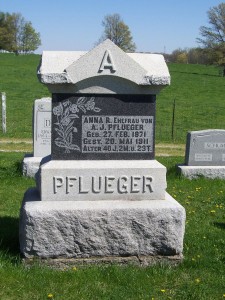
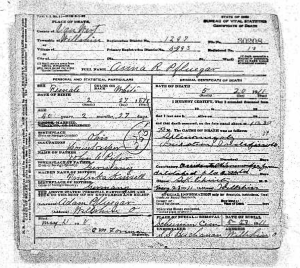
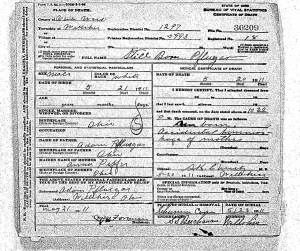
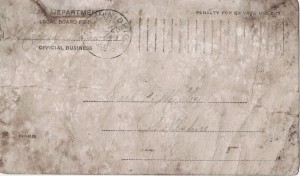
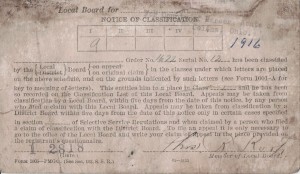
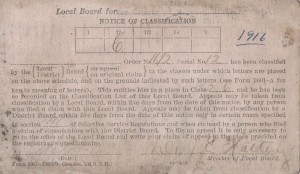
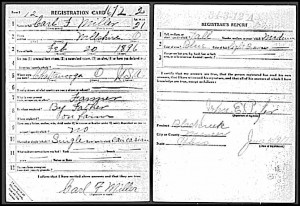
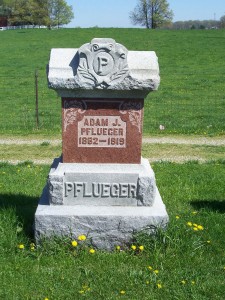
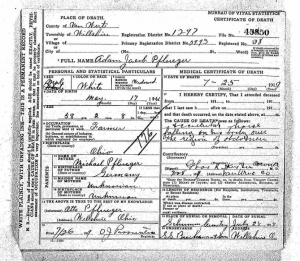
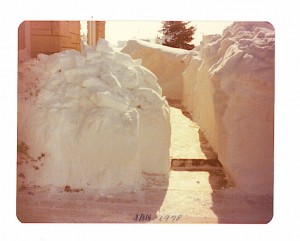
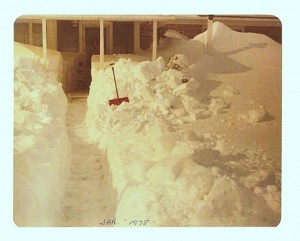
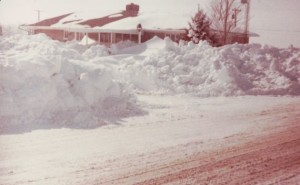
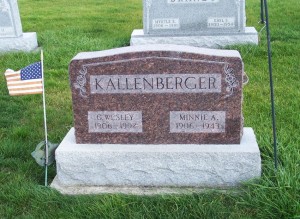
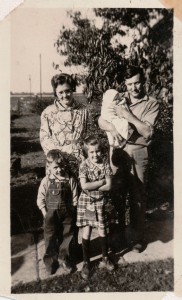
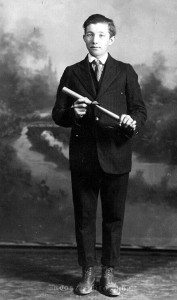
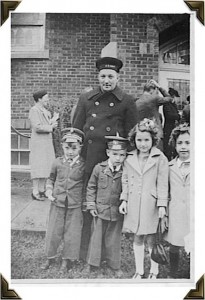
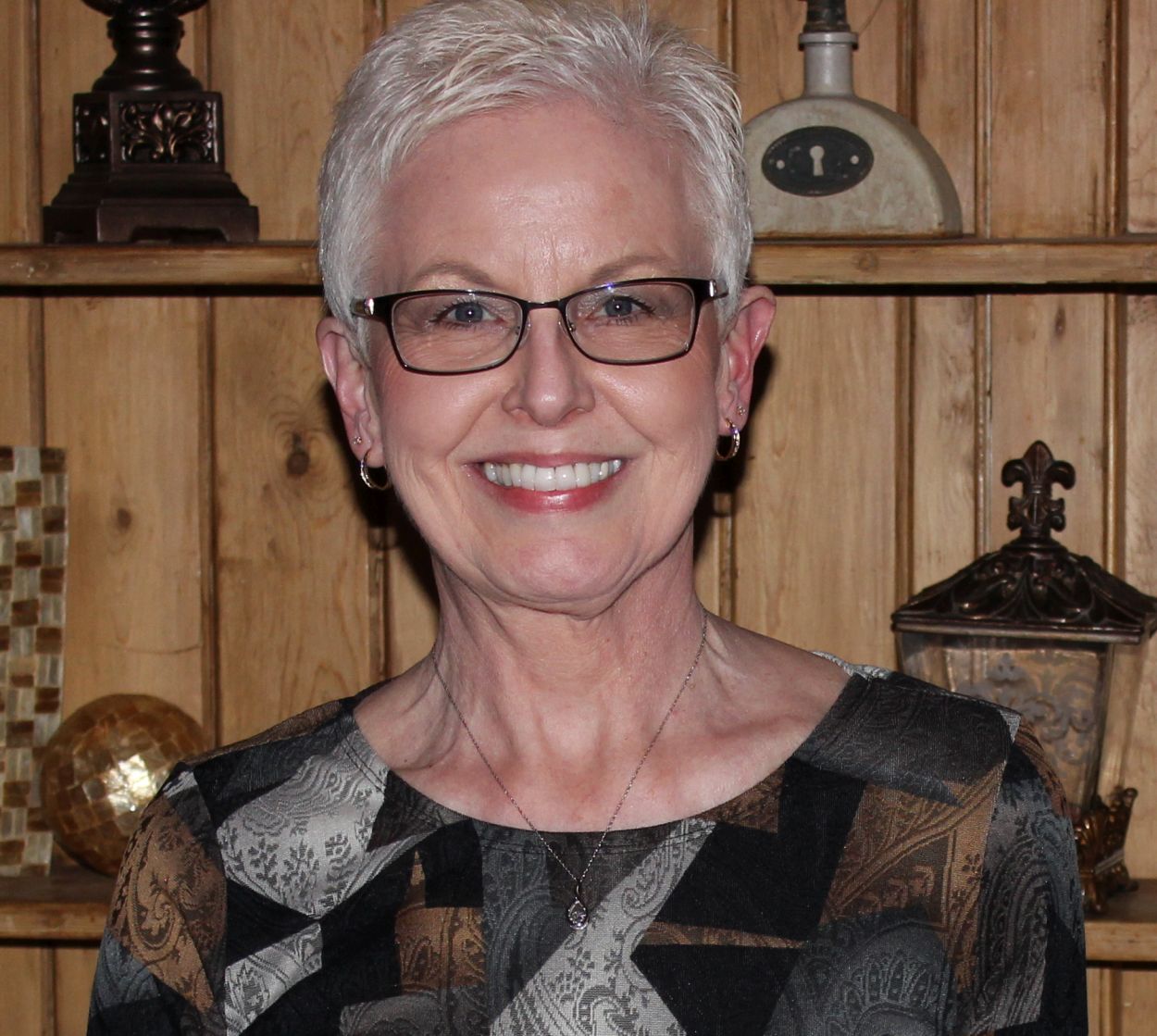
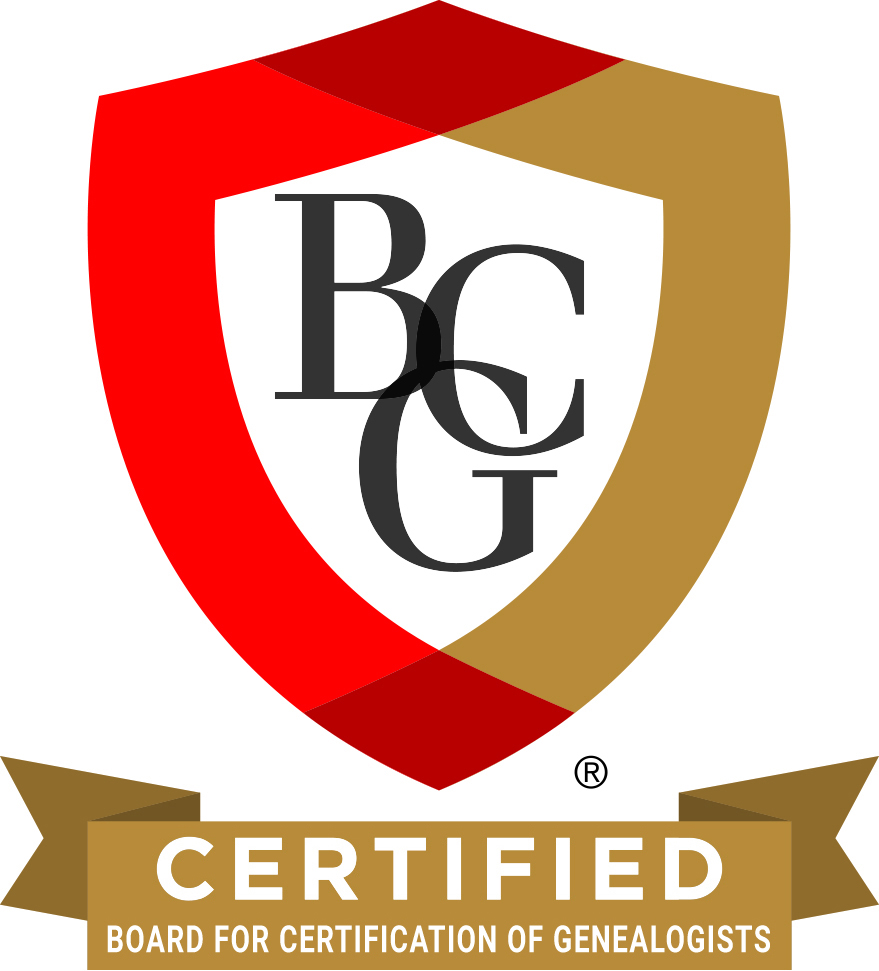
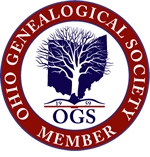

You're welcome, Karen. I'm still working on this also. Thank you so much for all of your wonderful Mercer County…
Very interesting and great picture (I had neersee before) of the church! Thanks for sharing this, Karen.
Ha! I see why you say that. Your original surname was probably something similar to Schmitt.
Thank you for letting me know.
I guess he could have picked a worse name lol, Thanks Karen